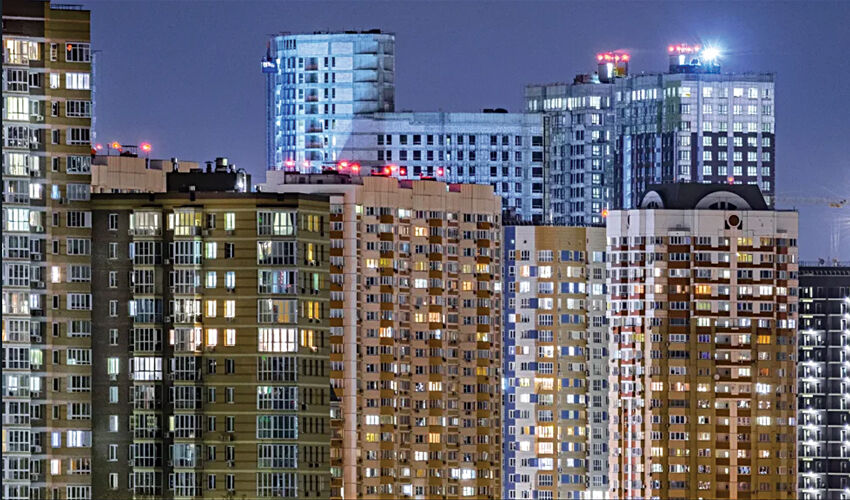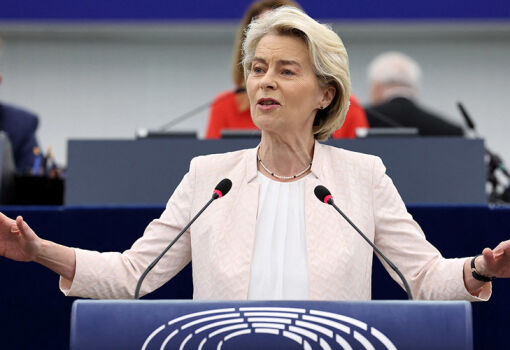
This initiative also responds to comments made in the European Commission’s 2023 Enlargement Report, which states that there has been no significant progress on noise legislation in Moldova during the reporting period.
The project was developed by the Ministry of Environment with the support of the project “Green Justice for a Protected Environment and Sustainable Communities in RM”, implemented by EcoContact SA with the assistance of Sweden and submitted for public consultation.
According to the European Environment Agency (EEA), noise is the second environmental risk factor for public health after air pollution. Prolonged exposure to high levels of noise can cause hypertension, cardiovascular disease, sleep disorders and cognitive impairment in children. The EEA estimates that in Europe, more than 20% of the population lives in areas where noise levels have a negative impact on health.
“Environmental noise” refers to unwanted or harmful external sounds generated by road, rail, air transportation, and industrial facilities.
Any sound that exceeds the 85-90 decibel threshold can damage hearing and ears. Studies show that human ears need at least 16 hours of rest to compensate for two hours of exposure to 100 dB of noise.
Road transport is the main source of noise in the EU, and as a consequence, about 92 million people are exposed to sound levels above 55 dB (day- evening-night) and 58 million people at night. Railroad noise affects 18 million people during the day and 13 million at night, and aviation noise affects 2.6 million people during the day and less than 1 million at night. Although railroad and aviation noise affects fewer people, it remains a significant problem near major rail corridors and airports.
In the Republic of Moldova, the lack of a comprehensive monitoring system does not allow for a full assessment of the situation, but data on the increasing number of road and industrial transportation facilities indicate increased exposure of the urban population to noise levels that exceed the values allowed by sanitary norms.
The EEA estimates that noise causes the loss of about 1.3 million healthy life years (measured by DALYs) annually in the European region, which is equivalent to an economic loss of at least €95.6 billion and represents about 0.6% of EU GDP. At the national level, indirect evidence (increased car fleet, increased freight and passenger transport) points to rising hospitalization-related costs and decreased productivity. The lack of specific regulation makes it impossible to accurately quantify these economic losses.
Analysis of the national regulatory framework indicates that there is no specialized regulation on the assessment and management of environmental noise pollution. Currently, the legislation contains only general provisions enshrined in the Laws “On Environmental Protection”, “On State Supervision of Public Health” and “On Health Protection”.
In this regard, there are no mandatory standards for maximum permissible noise levels in environmentally sensitive areas (schools, hospitals, public parks, residential areas) in Moldova. There is no practice of developing strategic noise maps and action plans to reduce noise pollution. There is no national monitoring system with measuring stations and centralized database, and there is no clear coordination mechanism between responsible authorities (Ministry of Environment, Ministry of Health, local authorities). Citizens are not sufficiently informed about the risks associated with noise.
These gaps should be addressed through the introduction of a special Regulation and the emergence of a regulatory framework for the development of strategic noise maps and action plans for urban agglomerations, major roads, railways and airports. As well as for establishing permissible noise limits for sensitive areas. A national monitoring and reporting system will be established, and a clear mechanism for inter-ministerial coordination will be set up. Campaigns for wider public awareness of the risks of noise pollution will be organized.











